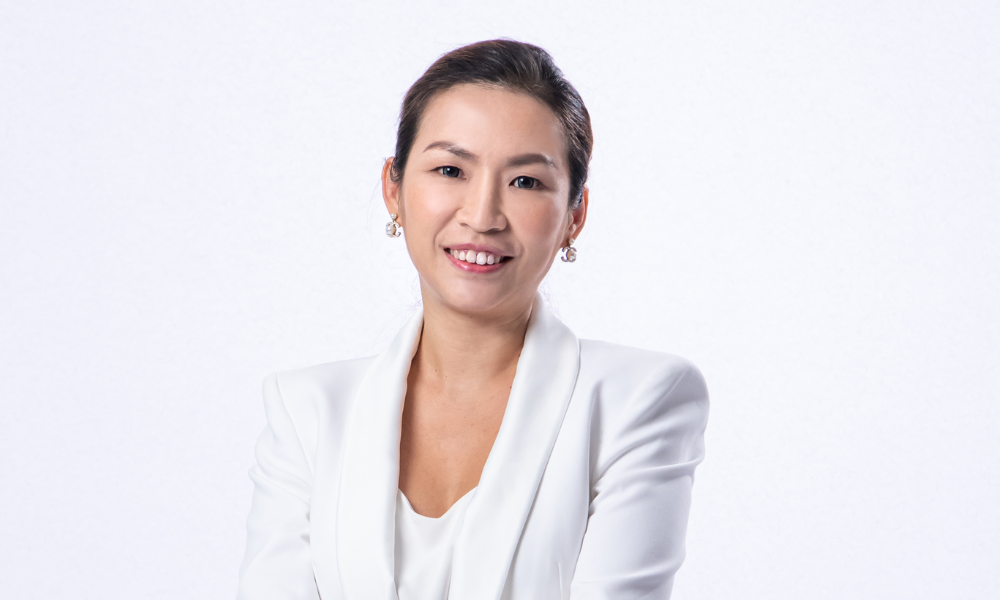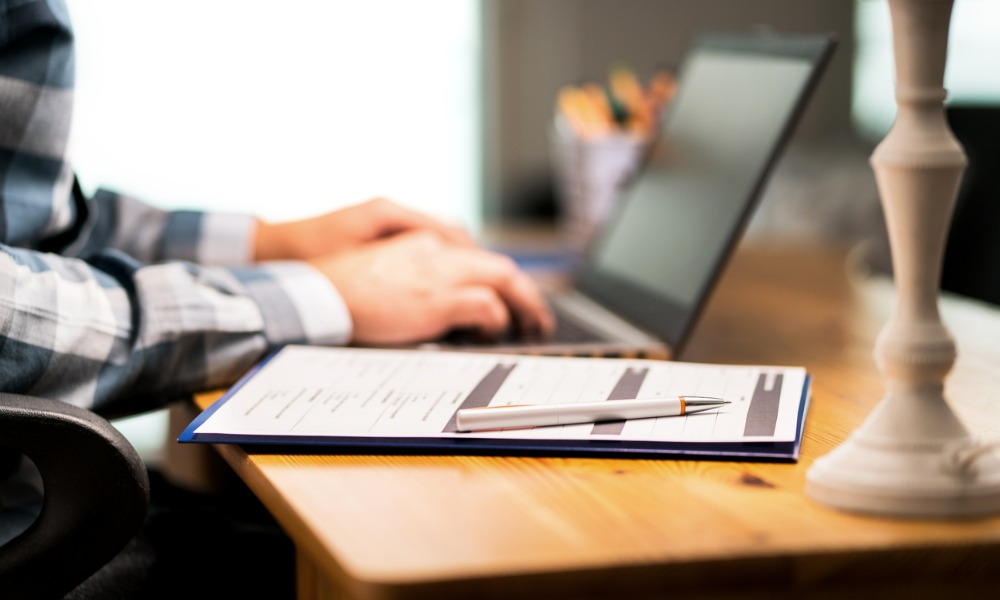Workplace design is much more than just rooms and furniture – done well, it can also build engagement, collaboration and retention with your firm
“Office design is the most powerful symbol of an organisational culture, and understanding how design and the design process can help transform a culture, work process or new brand is critical to the success of the project.”
Graham Kirkwood, managing director of Resource Architecture was speaking to HRD about how modern workplace design would impact employee engagement, empowerment and collaboration.
His views are backed up by research conducted by Canon which has gradually rolled out the change program, New Spaces, over the past few years.
“We’ve seen the impact that not only technology but the physicality of the workplace has on engagement, on trust and also on collaboration,” Effie Fox, director of HR, communications and facilities at Canon Oceania told HRD.
The firm’s research found that organisations are lagging behind employee expectations in terms of when and how they work. In fact, 66% of companies had kept the same office for years and would not change the design despite 65% of employers admitting their workplaces were inadequate.
Fox had her own ideas on why this mismatch exists.
“My person view is the economic times, the GFC, the focus on short-term cost containment, and maybe not panic but prudent survival measures have meant this has been deprioritised. Some might view office design as a nice-to-have. We think there’s a viable longer-term view.”
To encourage more cross-functional work in the office and tear down traditional silos, Canon designed new floor plans which included “touchdown spaces” where wireless technology let staff work anywhere. The final design also included spaces created for cross-departmental collaboration.
“Regardless of whether you sit in the hierarchal organisational structure or you’re from a completely different area of the business, the physicality of the building allows for those impromptu collaboration opportunities,” Fox said.
“People might gravitate to certain neighbourhoods but they can sit anywhere, any day of the week, so it’s not unusual for sales, marketing, HR and IT people to be gathered in one area for the duration of a project.”
Related stories:
The secret green weapon in HR’s arsenal
Sick building syndrome and HR’s battle against the haze
Could your office ergonomics be causing anxiety?
Graham Kirkwood, managing director of Resource Architecture was speaking to HRD about how modern workplace design would impact employee engagement, empowerment and collaboration.
His views are backed up by research conducted by Canon which has gradually rolled out the change program, New Spaces, over the past few years.
“We’ve seen the impact that not only technology but the physicality of the workplace has on engagement, on trust and also on collaboration,” Effie Fox, director of HR, communications and facilities at Canon Oceania told HRD.
The firm’s research found that organisations are lagging behind employee expectations in terms of when and how they work. In fact, 66% of companies had kept the same office for years and would not change the design despite 65% of employers admitting their workplaces were inadequate.
Fox had her own ideas on why this mismatch exists.
“My person view is the economic times, the GFC, the focus on short-term cost containment, and maybe not panic but prudent survival measures have meant this has been deprioritised. Some might view office design as a nice-to-have. We think there’s a viable longer-term view.”
To encourage more cross-functional work in the office and tear down traditional silos, Canon designed new floor plans which included “touchdown spaces” where wireless technology let staff work anywhere. The final design also included spaces created for cross-departmental collaboration.
“Regardless of whether you sit in the hierarchal organisational structure or you’re from a completely different area of the business, the physicality of the building allows for those impromptu collaboration opportunities,” Fox said.
“People might gravitate to certain neighbourhoods but they can sit anywhere, any day of the week, so it’s not unusual for sales, marketing, HR and IT people to be gathered in one area for the duration of a project.”
Related stories:
The secret green weapon in HR’s arsenal
Sick building syndrome and HR’s battle against the haze
Could your office ergonomics be causing anxiety?





